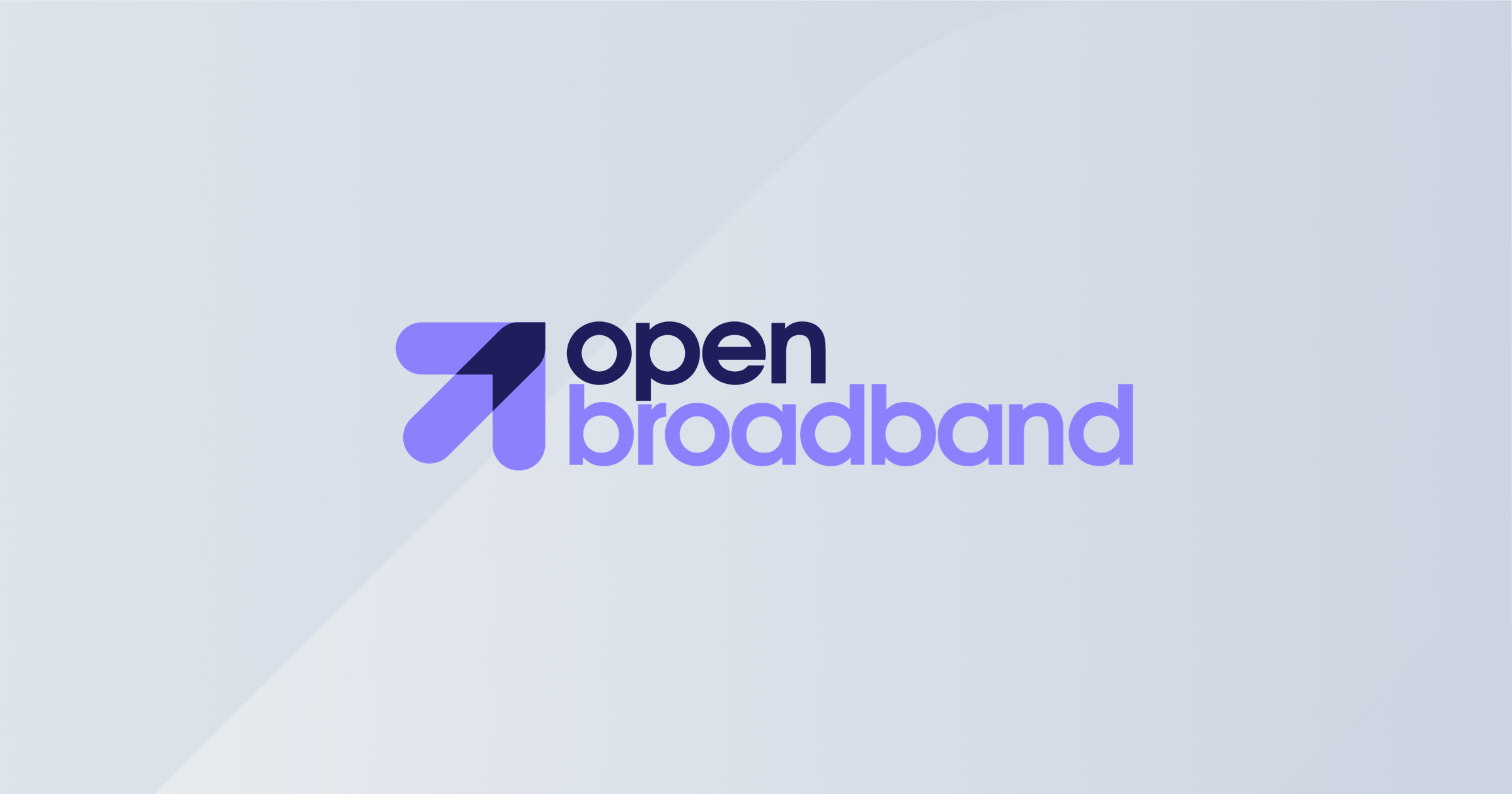By Fabio Giudici, System Solution Architect at OutSys and OB-STAMP Project Lead at Broadband Forum
In recent years, broadband has truly flourished, driving the rapid shift towards a new digital, remote-working haven. The number of fixed broadband subscribers has surged, climbing from just over 1.1 billion in 2020 to 1.5 billion in 2024.
Historically, Broadband Service Providers (BSPs) have benefited from customer reluctance to change suppliers due to fees and hassle. However, the rise of and reliance on home working and streaming has, ultimately, flipped the attitude of the customer when it comes to selecting a new service and broadband offering.
In a 2022 survey, it was found that customer loyalty to telecom providers was down 22% post-pandemic. This customer churn is due to a number of factors including the desire for an improved experience, poor customer service, product failure, and price.
Shifting the focus to QoE
According to research conducted on post-pandemic customer loyalty, 80% of churn rates were due to customer dissatisfaction with the quality of their service.
It therefore comes as no surprise that BSPs are shifting their focus towards Quality of Experience (QoE) to not only reduce churn, but to increase Average Revenue Per User (ARPU) and explore other growth opportunities.
A key user experience bottleneck is latency. In the connected home, high latency can frustrate users by causing sluggish performance, especially in activities like online gaming. For real-time applications such as remote working and video conferencing calls, lower latency ensures smoother communication, enhancing productivity.
As home networks expand and become more complex, BSPs require greater visibility and proactive network measuring and monitoring tools for latency. This, in turn, will help improve the customer’s broadband experience.
OB-STAMP: proactively monitoring QoE
As new tools for monitoring and measuring latency are introduced, it is essential that BSPs can seamlessly integrate them into their broadband networks to quickly adapt and cater for the growing demands of enhanced QoE.
The Broadband Forum’s Open Broadband – Simple Two-Way Active Measurement Protocol (OB-STAMP, for short) is creating a tool that will help reduce the cost and time associated with deploying network infrastructure for measuring latency.
The project team will develop a component of Broadband Forum’s TR-390.2 standard, which will simplify delay, jitter, and packet loss to allow BSPs to proactively measure and monitor the network performance between the Customer Premises Equipment (CPE) and the service provider’s IP Edge. The IP Edge is a gateway where the BSP can introduce new services to the network.
With greater data generation, collection, and analysis, BSPs will be able to monitor their subscribers’ home networks to measure performance metrics such as latency and, ultimately, avoid network failures. This data is also crucial for training and operating AI deep learning tools in the network, which will help automate and optimize network performance.
Broadband Forum standards, Quality of Experience Delivered (QED) and User Services Platform (USP) will also play key roles in the project, driving greater interoperability, improved device management, and enhanced measurement of the overall user experience.
The open-source project team is currently developing a STAMP Sender and Reflector to be installed onto the CPE. This will be fully compatible with standards development organization IETF’s RFC 8762 (Simple Two-Way Active Measurement Protocol) and its associated extensions, to be installed on CPE. The OB-STAMP tool can be run as a containerized application within the CPE following the USP paradigms.
Adapting networks to cater for connected home needs
The home continues to function as a hub for a number of entertainment, social, and remote working applications, putting strain on the home network. With greater reliance on them, comes additional frustration when these applications do not perform to the expected standard.
Latency-sensitive applications such as video conferencing and advanced gaming, that incorporate AR and VR, are starting to become commonplace in the home. In this new era of broadband, where QoE has overtaken speed in terms of what is more important, BSPs can build a brand that is deemed trustworthy and reputable to improve customer retention and increase APRU.
With greater insights into network latency enabled by OB-STAMP, BSPs can proactively offer an improved end-user experience and also reduce operating costs. So far, the first four companies - Domos, OutSys, Radisys, and UNH-IOL - have signed up to join the efforts. A guest from the University of Cincinnati also attended the Fall 2024 Members Meeting to learn more about how the project will benefit the education sector.
You can hear more on the project from OB-STAMP contributor and OutSys Chief Solution Officer, Fabrizio Guidotti here. Learn how you can participate and contribute to the OB-STAMP project here.
